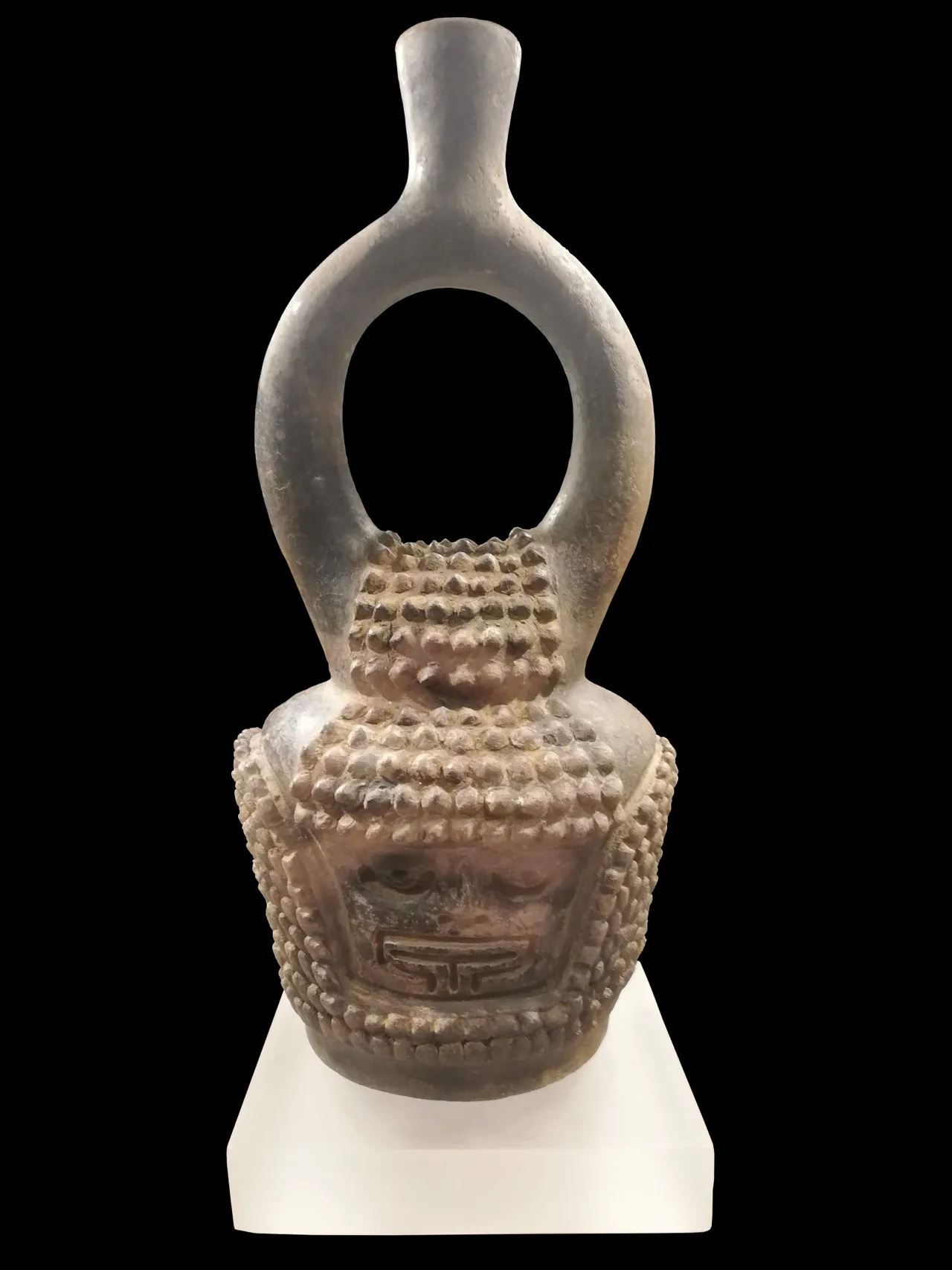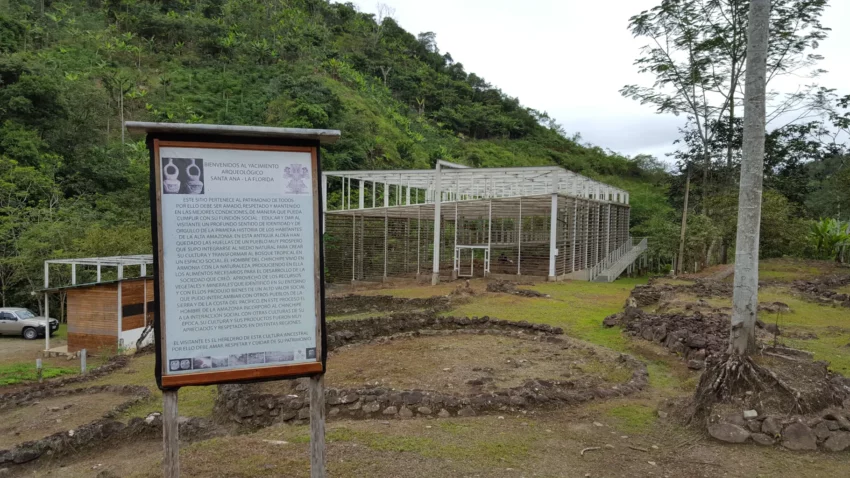Santa Ana (La Florida): Ecuador’s Ancient Jewel
Santa Ana (La Florida) stands as a significant archaeological site in Ecuador’s highlands, dating back to 3500 BC. Located in the Palanda Canton, just north of Palanda, in the Zamora-Chinchipe Province, this site reveals a rich history of ancient civilizations and their cultures.
Get your dose of History via Email
Geography: A Unique Setting
Santa Ana (La Florida) is nestled on the eastern slope of the Andes, in a narrow valley carved by the Palanda River. This river flows into the Mayo-Chinchipe river and eventually joins the Rio Marañon. The site’s location represents a transitional zone between the highlands and lowland jungles, providing a diverse environment for its ancient inhabitants. Covering an area of about 1 hectare, the site is divided into two principal zones.
Research and Discoveries
In 2002, French and Ecuadorian archaeologists, led by Francisco Valdez, began exploring Santa Ana (La Florida). Their work unearthed evidence of the Mayo-Chinchipe culture, which extends from Ecuador’s Podocarpus National Park to the area where the Chinchipe River meets the Marañon near Bagua, Peru. This culture, named after the rivers, dates back to the early Formative Period in Ecuadorian chronology and the Archaic or Preceramic period of Peru, around 3500 BC.
Architectural Marvels
The site’s significant constructions occurred between 2600 and 1700 BC. Archaeologists discovered a village with a central sunken plaza and an artificial platform featuring a spiral-configured temple with a ceremonial hearth. Inside this temple, they found greenstone offerings, showcasing the site’s religious significance.
Rich Burials and Artifacts
Several tombs at Santa Ana contained exquisite artifacts. These included fine ceramic vessels, polished stone bowls, mortars, and numerous turquoise and malachite beads. The presence of Strombus sea shells and small sculptures further highlights the site’s cultural and trade connections. Objects such as ceramic bottles, stone bowls, medallions, and necklaces made of turquoise and malachite underscore the community’s craftsmanship and artistic achievements.
Connections and Trade
Santa Ana’s influence extended beyond its immediate region. The nearby Montegrande site in Peru and trade interactions with Huayurco, north of Jaen, Peru, indicate a network of cultural exchange. Distinctive Huayurco stone vessels were traded widely, contributing to the broader Andean interaction sphere.
Agricultural Innovation
The inhabitants of Santa Ana practiced diverse agriculture. Evidence shows they cultivated crops like corn, beans, manioc, sweet potatoes, Dioscorea, arrowroot, hot peppers, cacao, and coca. These crops suggest a sophisticated understanding of agriculture and its significance in their daily lives.

Earliest Evidence of Cacao Use
In 2018, the journal Nature Ecology and Evolution reported the earliest evidence of cacao use in the Americas from Santa Ana. This discovery, dating back to around 3300 BC, challenges the traditional belief that cacao was first domesticated in Mesoamerica. The site’s findings included cacao starch grains, theobromine residues, and ancient DNA, providing the earliest and clearest archaeological evidence of pre-Columbian cacao use on the South American continent.
Conclusion
Santa Ana (La Florida) offers a remarkable window into ancient Ecuadorian civilizations. Its diverse artifacts, architectural innovations, and agricultural practices reveal a complex and interconnected culture. The site’s discoveries not only shed light on the Mayo-Chinchipe culture but also contribute to our understanding of early human societies in South America. As research continues, Santa Ana promises to unveil more secrets of its ancient past, enriching our knowledge of early Andean civilizations.
Sources:

